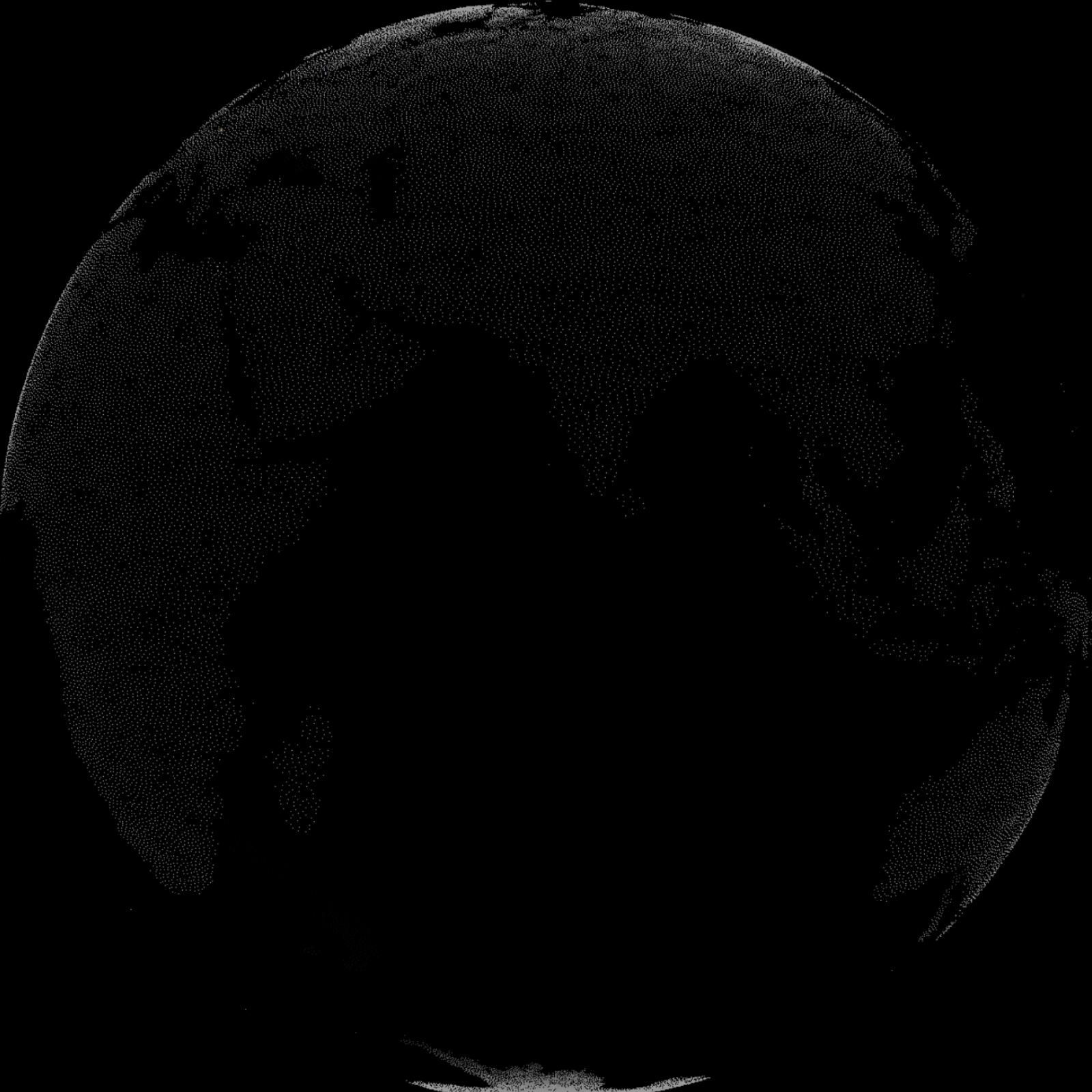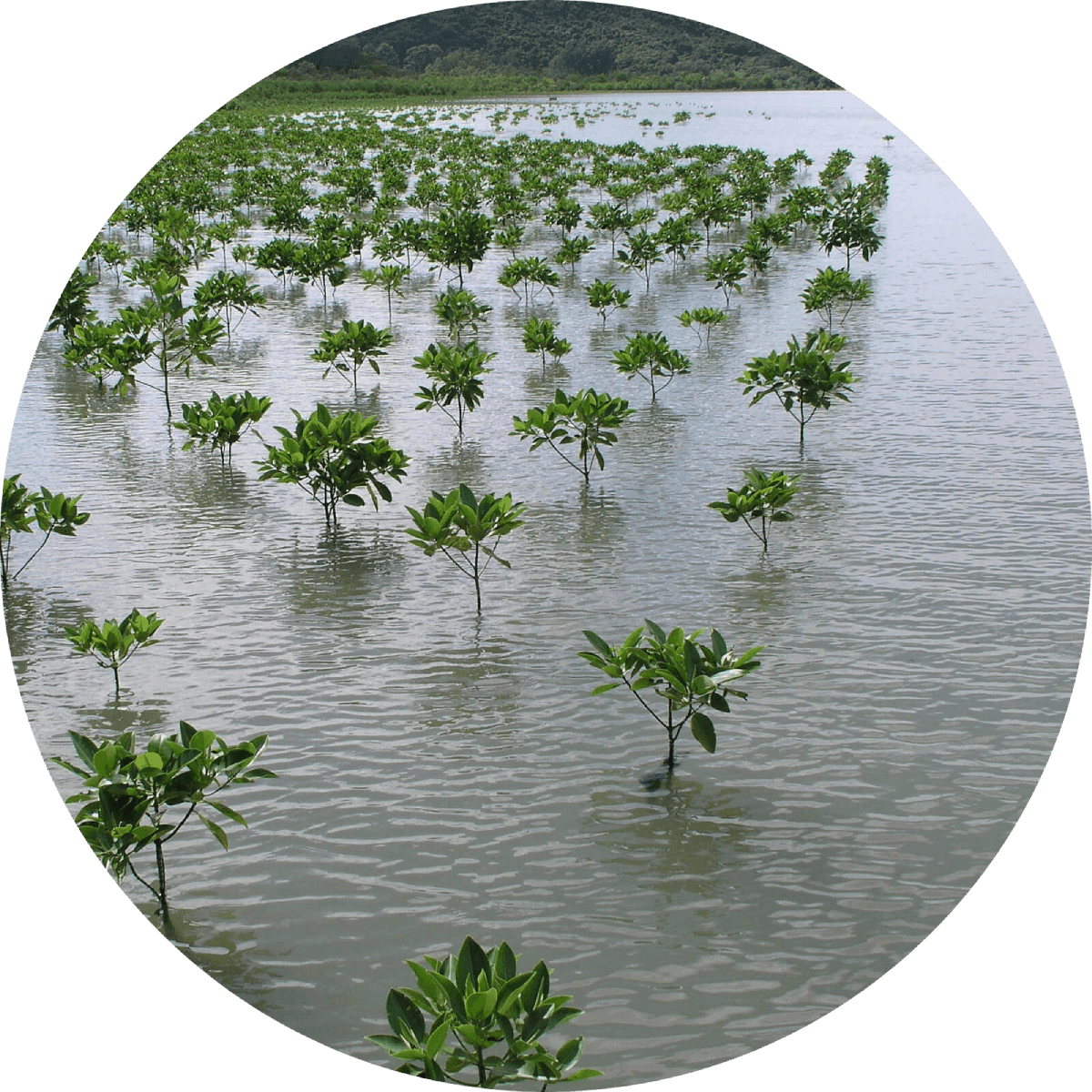Major threats today facing African rhinos are hunting, poaching for their horn, and habitat loss due to agriculture. Visit World Wildlife Fund, International Rhino Foundation, and Save The Rhino for more information and tips on what you can do to help.
“The Ol Pejeta Conservancy is doing all it can to protect this last remaining rhino of his kind, and although the future of this species looks bleak, hope is not yet lost amongst dedicated wildlife experts and rangers. Known as the ‘Rhino Rangers,’ the brave men at Ol Pejeta’s Conservancy are putting their lives at risk to protect Sudan, the last [male] Northern White Rhino on Earth. They’ve taken great measures to keep him safe, including removing his horn, the thing that endangers him the most. A four-man team of guards are protecting Sudan. And the future of the Northern White Rhino species completely depends on his survival... Wildlife experts are hoping that Sudan will breed with one of the remaining females, but being the age he is, they are unsure of how successful it will be."
The Black Rhino Range Expansion Project (BRREP) was established in 2003 and is a partnership between WWF, Ezemvelo KZN Wildlife and Eastern Cape Parks and Tourism. This model for public-private partnership shares the responsibility of increasing the population of black rhinos in KwaZulu Natal and allows every partner to benefit. Since the project began in 2003, seven new black rhino populations have been created in South Africa on more than 37,000 acres of land. Nearly 120 black rhino have been translocated and more than 30 calves have been born on project sites.
With the death of Angalifu, the 44-year old northern white rhino at the San Diego Zoo, only five of the species remain worldwide, all in captivity.
"There are now about 3,600 black rhinos in all of Africa, in small pockets in Zimbabwe, South Africa, Kenya, Namibia, and Tanzania. 'The black rhinoceros,' noted Milliken, Nowell, and Thomsen in 1993, 'has declined at a faster rate than any other large land mammal in recent times, making a rapid transition from abundant to endangered.' It is impossible to exaggerate the magnitude or the significance of the collapse of the black rhino population."
A 2004 article by Andrew Revkin in the New York Times notes that "the continent's last known wild population of northern white rhinoceroses has been halved by poaching in the last 14 months, according to arial surveys done in July of Garama National Park in Congo. The survey estimated that 14 to 19 rhinos were shot in the park...Armed poachers who slaughter them smuggle horns to Asia, where they are coveted for purported medicinal purposes."
In the only rhino conservation success story to date, reintroduction of the southern white rhinos into strictly protected nature reserves all over southern Africa brought their number to a little over 20,000 by the year 2000. However, since 2007, increased poaching has begun to bring their numbers down again.
The Convention on International Trade in Endangered Species of Wild Fauna and Flora (CITES) banned international commercial trade in rhinoceros horn in 1977. There are a number of African rhino conservation initiatives that advise on or support effective conservation programmes. These include the IUCN SSC’s African Rhino Specialist Group, the SADC Rhino Management and Rhino Recovery Groups, the Rhino and Elephant Security Group and the SADC Regional Programme for Rhino Conservation.
"An onslaught of poaching, particularly during the 1970s, changed that picture with appalling rapidity. Numbers fell to 65,000 by 1970, 14,785 by 1980, 8,800 by 1984, 3,665 by 1987 and 3,450 by 1991. In 1992, after a 28 percent decline in a single year, there were only 2,475 left. The Black Rhinoceros has earned, in the words of Nigel Leader-Williams, ‘the dubious distinction of showing the fastest known rate of recline of any species of large mammal. Poachers slaughtered every one of the thousands of animals that roamed the vast spaces of Kenya’s Tsavo, then shifted south through the Selous in Tanzania to the Luangwa Valley of Zambia, where they had killed all of its estimated 4,000-8,000 rhinos by the end of the 1980s.”
"In 1961, South Africa embarked on an intensive — and expensive — plan, dubbed ‘Operation Rhino,’ to put the Southern White Rhino on a better footing… Besides protecting the animals from poachers, the chief component of the strategy was to establish new rhino populations by translocating rhinos from the growing numbers in Umfolozi and Hluhluwe [game reserves] to reserves elsewhere in the country, including in its largest protected area, Kruger National Park. Numbers rose to 1,800 by 1968 and then mushroomed upward.”
The northern white rhino once occurred in southern Chad, the Central African Republic, southwestern Sudan, northern Democratic Republic of the Congo (DRC), and northwestern Uganda. As late as 1960, there were more than 2,000 remaining.
Wildlife photographer Major A. Radclyffe Dugmore, noting the dwindling rhino population in his 1925 The Wonderland of Big Game: "The most notable decrease among the animals is that of the poor old rhino…During my first visit to Kenya I saw as many as thirteen in sight at one time, and groups of four or five were not uncommon. During my last trip, when I covered a large area of country and visited many places where the rhino used to abound I saw thirteen altogether."
"European hunters are responsible for the early decline of black rhino populations. It was not uncommon for five or six rhinos to be killed in a day for food or simply for amusement... Most people regarded rhinos as vermin and exterminated them at all costs. 'DOOMED.' That was the front page headline of the UK newspaper, the Daily Mirror, in 1961, accompanied by a full-page photo of two African rhinos. The article said that rhinos were 'doomed to disappear from the face of the earth due to man’s folly, greed, neglect.'”
“Once found across Southern Africa, the southern white rhino was considered extinct in the late 19th century. Then in 1895 a small population was discovered in the Umfolozi-Hluhluwe region in Kwazulu-Natal, South Africa.”


Learn about Maya Lin’s fifth and final memorial: a multi-platform science based artwork that presents an ecological history of our world - past, present, and future.

Discover ecological histories and stories of former abundance, loss, and recovery on the map of memory.

Learn how we can reduce our emissions and protect and restore species and habitats – around the world.

See how art can help us rethink the problems we face, and give us hope that each one of us can make a difference.

Help make a global memorial something personal and close to home. Share your stories of the natural world.